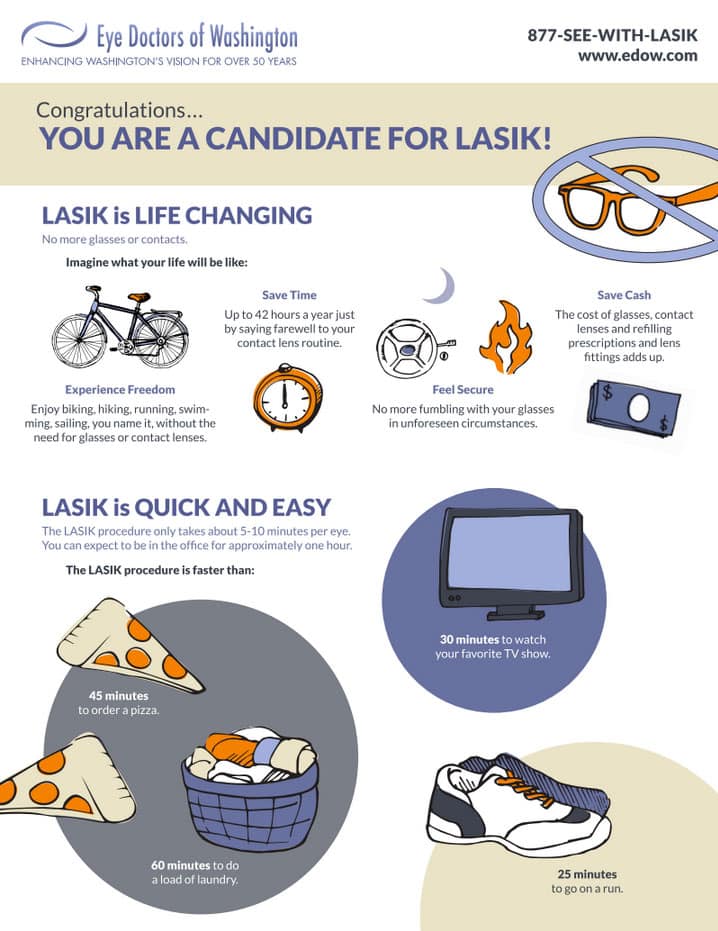Exploring Standard Vs. Cutting-Edge Glaucoma Treatment Methods
Exploring Standard Vs. Cutting-Edge Glaucoma Treatment Methods
Blog Article
Short Article By-Hartvig Alstrup
Did you know that the advancement of glaucoma therapy approaches extends centuries, incorporating both traditional remedies and cutting-edge advancements? From ancient herbal concoctions to advanced Minimally Invasive Glaucoma Surgery methods, the range of alternatives is vast. As you look into the details of conventional versus innovative strategies, you may reveal surprising understandings that challenge traditional perspectives on treating this prevalent eye condition.
Historical Advancement of Glaucoma Treatments
The historic advancement of glaucoma therapies goes back to ancient human beings where various remedies were utilized to handle the problem. In check here , for instance, therapies involved a combination of honey, fat, and sour milk applied to the eyes. The Greeks and Romans also added to early glaucoma treatments with a focus on topical applications and nutritional treatments. Throughout background, varied cultures developed distinct approaches to minimize the signs of glaucoma, often rooted in organic remedies and superstitious notions.
As time advanced, innovations in medical understanding caused even more organized techniques to dealing with glaucoma. In the Middle Ages, Arabic scholars made considerable payments by examining the anatomy of the eye and establishing surgical strategies to resolve eye problems. These early developments laid the structure for contemporary glaucoma treatments that we have actually today. Recognizing the historical context of glaucoma treatments provides important understandings into the constant development and improvement of medical methods over the centuries.
Comparison of Traditional Techniques
In contrasting typical methods for treating glaucoma, think about the historical contexts and performance of different remedies.
Typical therapies for glaucoma have developed over centuries, from ancient practices like utilizing honey and white wine to more recent innovations such as eye decreases and surgical procedures. Historically, treatments like the application of leeches or herbal concoctions were made use of to minimize signs and symptoms, yet their efficiency was restricted.
As time proceeded, techniques like iridectomy, where a part of the iris is gotten rid of, became popular for reducing intraocular stress. Some typical techniques, like using dental medicines to lower eye stress, have stood the test of time and are still used today. However, these treatments usually include negative effects and may not be as efficient as modern options.
cataract surgery uv light to weigh the historic importance of typical glaucoma treatments versus their efficiency in the context of current medical advancements.
Evaluation of Cutting-edge Therapy Approaches
Taking into consideration the developing landscape of glaucoma treatment, innovative strategies are revolutionizing the way this eye problem is taken care of.
One noteworthy innovation is minimally intrusive glaucoma surgery (MIGS), which uses a much less invasive alternative to conventional surgeries. MIGS intends to reduce intraocular pressure by boosting the eye's natural drainage system, leading to less difficulties and faster recovery times contrasted to traditional surgeries.
Additionally, the advancement of sustained-release drug delivery systems has given an extra reliable means to administer glaucoma medicine. These systems can release drug slowly over an extended duration, improving person adherence and minimizing the regularity of eye drops.
Additionally, emerging technologies like careful laser trabeculoplasty (SLT) use a non-invasive alternative for decreasing intraocular stress by targeting particular cells in the eye's water drainage system.
Final thought
As you reflect on the evolution of glaucoma treatments, you can see just how traditional techniques have paved the way for cutting-edge strategies to arise.
From old treatments to modern-day innovations, the journey of treating this complex eye problem has actually resembled a rollercoaster experience.
However with new methods like MIGS and sustained-release medication shipment, the future looks brighter than ever before for patients seeking efficient and much less invasive remedies.
